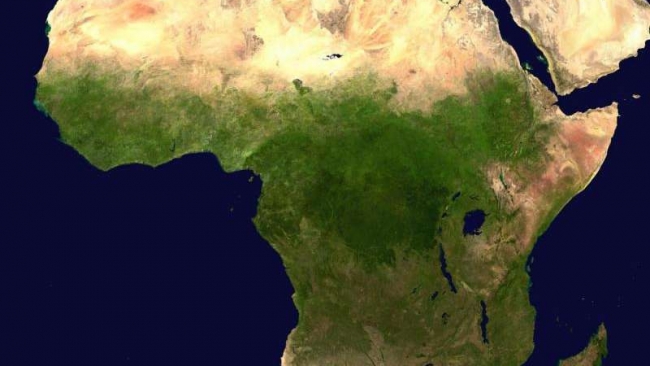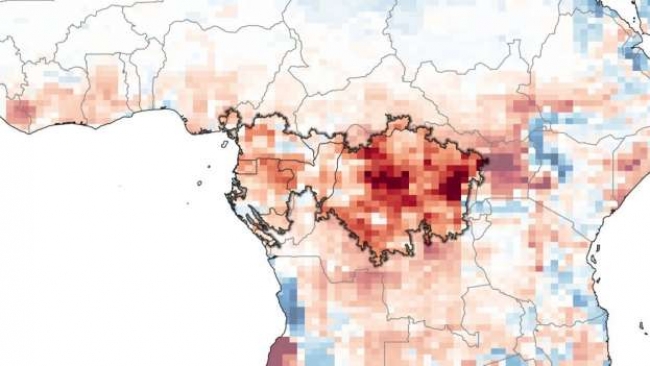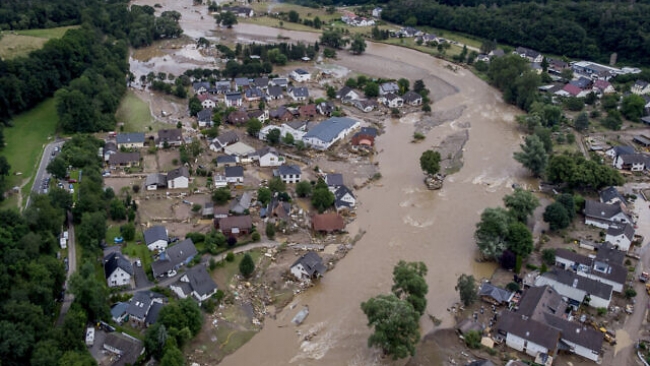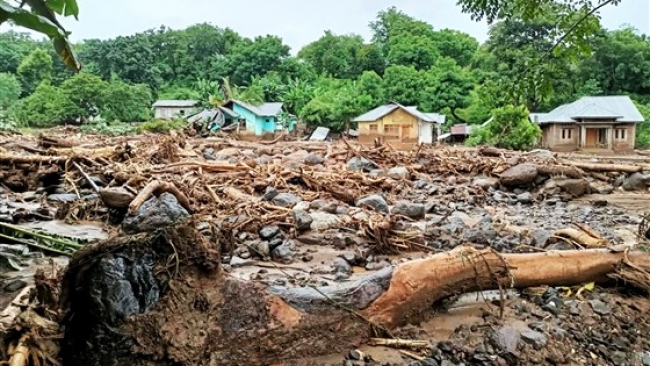Frequency of extreme heat waves on the increase in Africa

onger, hotter, more regular heat waves could have a damaging effect on life expectancy and crop production in Africa warn climate scientists in a study published in the journal Environmental Research Letters. Examining temperature data from 1979 to 2015, the researchers caution that heat waves classified as unusual today could become a normal occurrence within 20 years. This scenario could be triggered by an increase in average global temperature of 2 degrees. Risk all year round Located between the Tropic of Cancer and the Tropic of Capricorn, Africa experiences high levels of solar radiation all year round and heat waves can occur in any season, not just during summer months. Running climate models through to 2075, the scientists found that so-called unusual heat waves could occur as frequently as four times per year towards the end of the century. In other words, one dangerously hot spell for every season of the year. "Africa is one of the most vulnerable continents to climate change and even a modest rise in average global temperature could have severe consequences for the people living there," said Jana Sillmann of the Center for International Climate and Environmental Research (CICERO), one of the institutions taking part in the study. "We need to put considerable effort into climate change adaptation to reduce the risk of extreme events such as heat waves, which are likely to occur much more frequently in the future." Analytical approach To crunch the numbers, the team—which also includes researchers from the Institute for Environmental Protection and Research (ISPRA) and the University of Catania, both in Italy—uses a metric dubbed the Heat Wave Magnitude Index daily (HWMId). The data format takes into account the severity of the temperature extremes as well as the number of consecutive days of hot weather. Using this approach, the group can compare heat waves occurring in different places and at different times of the year, but there are other details to factor in. "The severity of the impact on human mortality and crop production depends on the vulnerability of the communities affected and the environmental systems," added Sillmann. "For example, the heat wave in Finland during 1972—which we have studied previously—was comparable to the period of hot weather occurring in Central Europe during 2003. However, the latter event was responsible for more deaths than the Finnish heat wave." Full details of the team's analysis quantifying the magnitude and the spatial extent of the most extreme heat waves experienced in Africa between 1979 and October 2015 across different seasons can be found in the IOP journal Environmental Research Letters.
Source: Phys.org
Thu 12 May 2016 at 07:21




